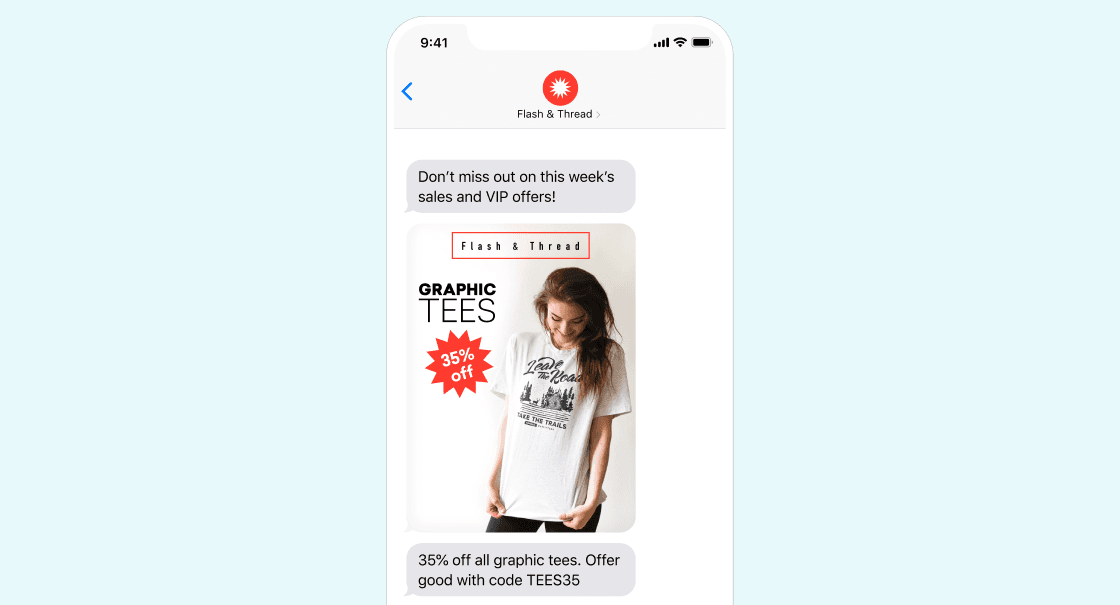What’s MMS?
Published on December 18, 2020/Last edited on December 18, 2020/3 min read

Team Braze
How do you transform a text message into a multimedia experience? By sending an MMS message, of course. While the acronym may not sound familiar, you’ve no doubt sent and received them. Texts that include a multimedia asset such as a JPEG, GIF, or GIF fall into this category.
And they're more than just a fun tool for sharing pictures with friends—as digitally-savvy brands have discovered, MMS is a great outreach tool that livens up any SMS marketing campaign. Learning how and when to add MMS to your outreach will help you boost engagement, increase conversions, and set your brand apart from competitors.
Wait, Isn’t MMS Just SMS Plus Multimedia?

Well, not quite. It’s true that MMS, which stands for Multimedia Messaging Service, wouldn’t exist without SMS (Short Message Service). Yet there are a few key differences beyond multimedia attachments, including:
- Message limits. SMS has character limits, but MMS has a data limit. MMS can contain up to 5MB of data, including the multimedia asset and message body size.
- Subject line. Unlike SMS, MMS gives brands the option of adding a subject line to capture the recipient’s attention.
- Availability. The primary appeal of SMS is its global reach. You can send one to any cell phone anywhere. For now, MMS is only supported in the U.S. and Canada. That means any MMS you send outside these two countries will include a link to the multimedia asset, instead of displaying it along with the text.
Okay, How Do I Add MMS To My Cross-Channel Strategy?
If you’ve already added SMS to your cross-channel strategy, you’re about 90% of the way there. The question is: When should you send an MMS instead of an SMS message? The answer to that will depend on the type of message, your brand voice, and where your recipients live. (Remember, anyone outside the U.S. and Canada will receive a link instead of a multimedia attachment.)
Before you decide, consider whether a multimedia attachment will enrich the recipient’s experience or provide added-value information. For example:
- A retail company could add a product image along with a discount code for a holiday promotion.
- A travel company could include an image of a boarding pass with a QR code.
- A delivery company could send a photo of the package delivered along with a confirmation message.
- A finance company could send a fraud alert along with a branded image to prove the message is legitimate.
Just keep in mind that MMS has the same legal restrictions as SMS. Although you may have someone’s phone number, that doesn’t mean you can start firing off MMS. You still need the recipient’s explicit consent, as per the Telephone Consumer Protection Act (TPCA). Besides, you never want to send MMS that will annoy your recipients instead of enhancing their experience.
Creating Memorable MMS Experiences
As you can see, MMS is more than an extension of SMS. This versatile messaging option gives brands the ability to create fun, interactive, and memorable experiences that build brand loyalty. For more on MMS best practices and how to integrate it into your cross-channel strategy, check out Brilliant Experiences, Channel by Channel.
Article updated December 2023
Related Tags
Be Absolutely Engaging.™
Sign up for regular updates from Braze.


